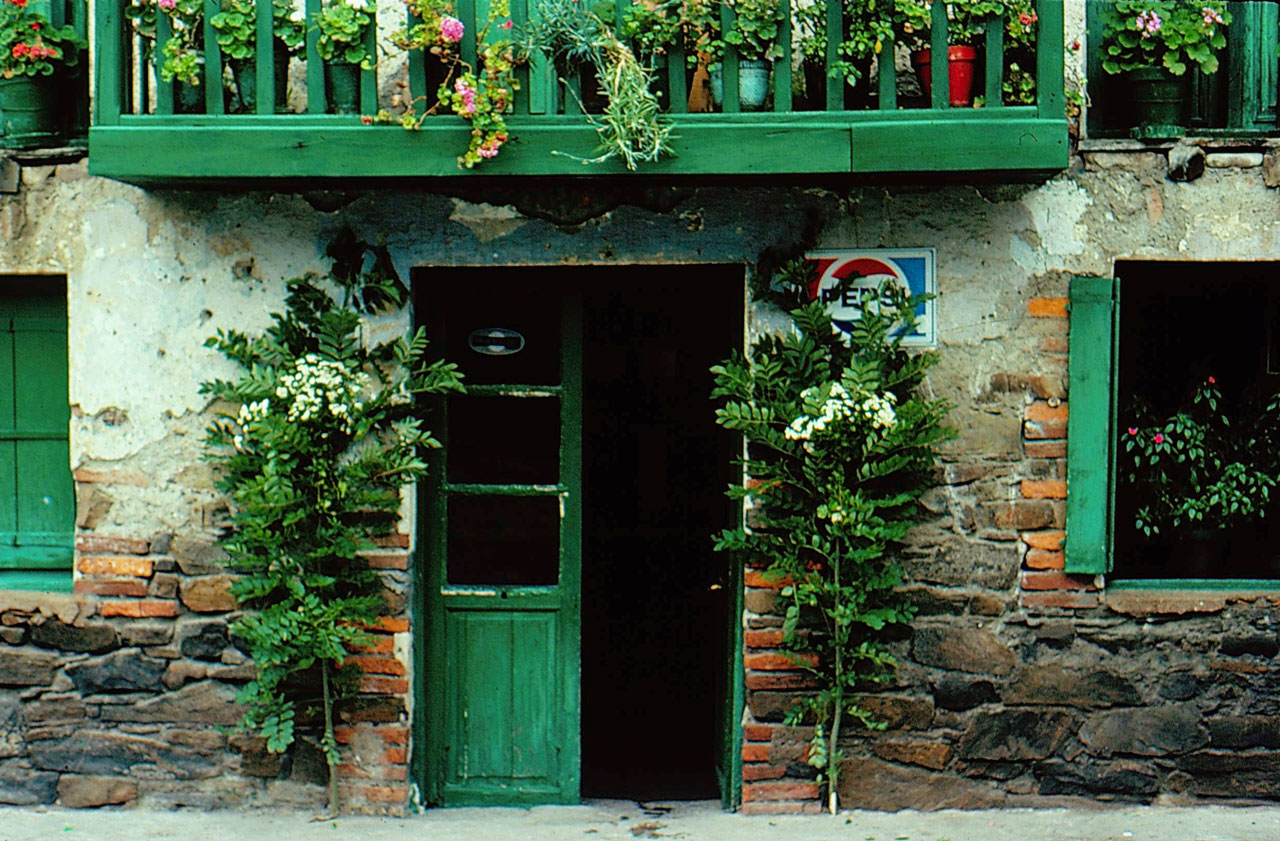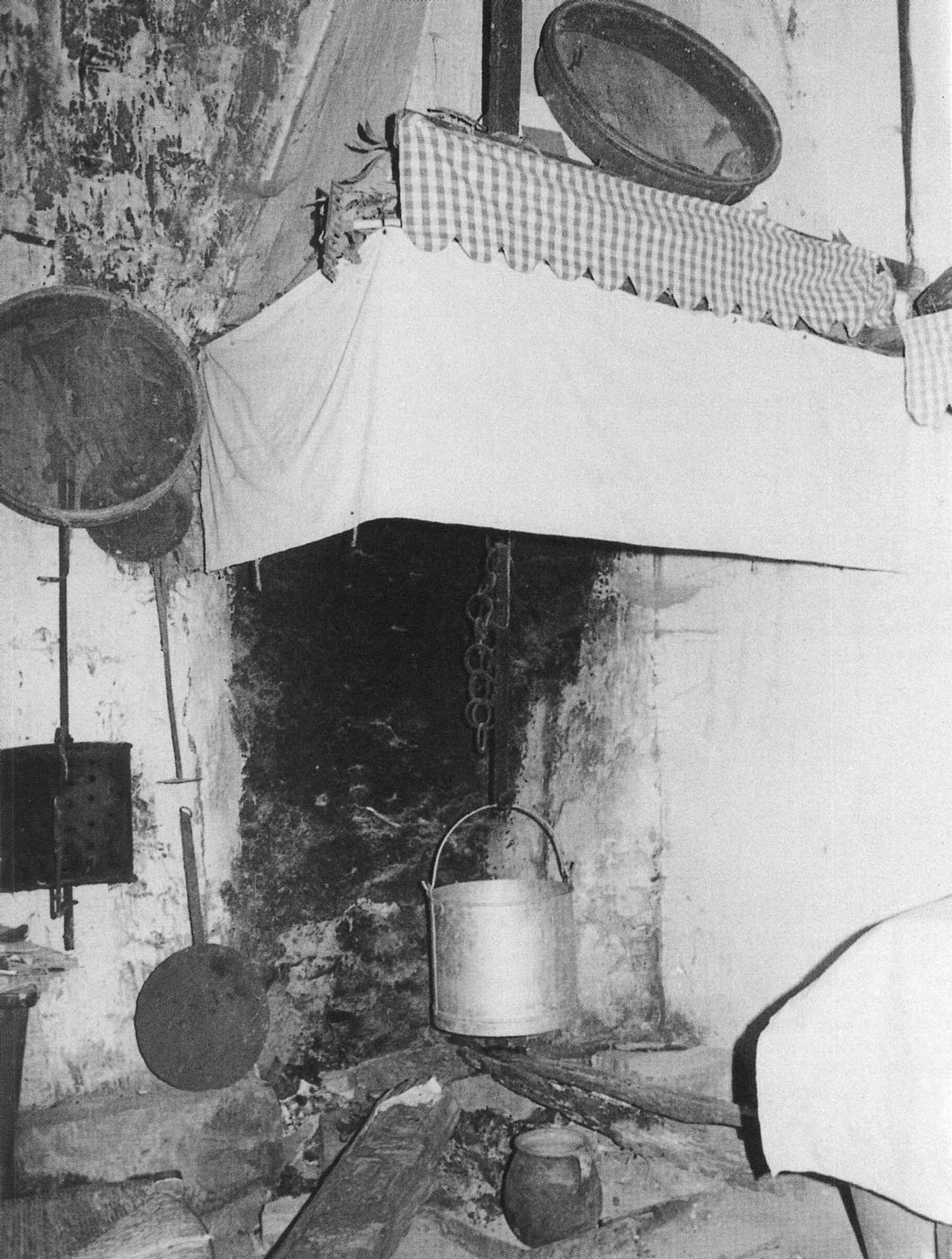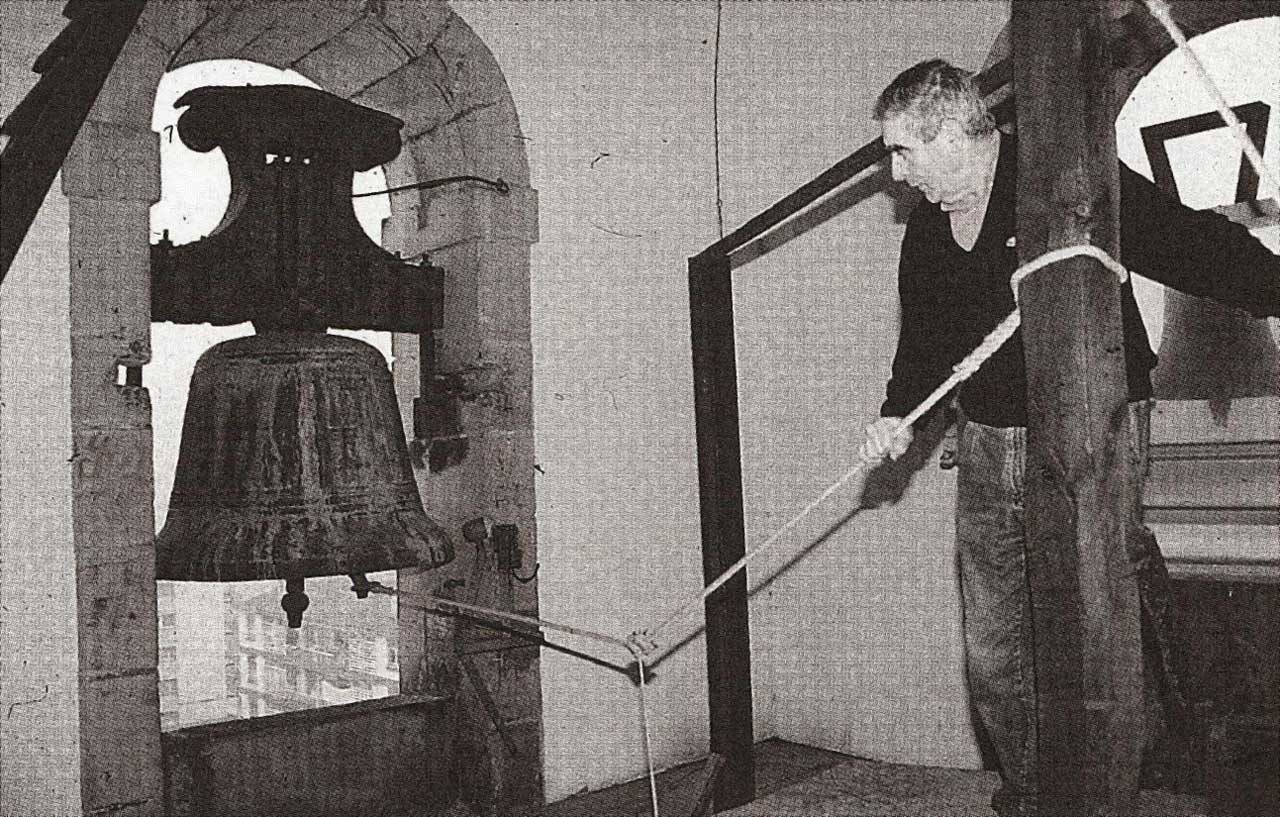Diferencia entre revisiones de «Main Page/en»
De Atlas Etnográfico de Vasconia
| Línea 155: | Línea 155: | ||
| − | ====[/atlas/nacimiento/Familia-troncal-Castillo-Elejabeitia-1930.jpg| | + | ====[/atlas/nacimiento/Familia-troncal-Castillo-Elejabeitia-1930.jpg|Nuclear family. Artea (B), c. 1930. Source: Labayru Fundazioa Photograhic Archive: Felipe Manterola Collection.|Any bachelor, or spinster, traditionally continued to be linked to the homestead and to be an integral part of the family.||ENLACE]==== |
| − | ====[/atlas/nacimiento/Seintzaina-Zeanuri-1924.jpg| | + | |
| − | ====[/atlas/nacimiento/Mozas-en-el-paseo-Aoiz-1950.jpg| | + | ====[/atlas/nacimiento/Seintzaina-Zeanuri-1924.jpg|Nursemaid. Zeanuri (B), 1924. Source: Labayru Fundazioa Photograhic Archive: Felipe Manterola Collection.|Until the mid-twentieth century women gave birth at home with the help of a midwife and women relatives and neighbours. Giving birth was almost exclusively a female domestic occasion exclusively concerning females.||ENLACE]==== |
| − | ====[/atlas/nacimiento/Despedida-de-soltera-Durango-1960.jpg| | + | |
| − | ====[/atlas/nacimiento/Bautismo-Bilbao.jpg| | + | ====[/atlas/nacimiento/Mozas-en-el-paseo-Aoiz-1950.jpg|Promenading. Aoiz (N), 1950. Source: Pilar Sáez de Albéniz, Etniker Euskalerria Groups.|Neskazaharrak joaten dira <br />Madalenara, <br />santuari eskatzera <br />senar on bana. <br /><br />''Folk song''||ENLACE]==== |
| − | ====[/atlas/nacimiento/Etxebarri-1968.jpg|Etxebarri (B), 1968. | + | |
| − | ====[/atlas/nacimiento/Entrada-en-el-templo-Getxo-1996.jpg| | + | ====[/atlas/nacimiento/Despedida-de-soltera-Durango-1960.jpg|Single farewell. Durango (B), 1960. Source: Gurutzi Arregi, Etniker Euskalerria Groups.|The transfer of the chattels was a ritualised act of great importance as it marked the entry of the new spouse in the home, ''etxe-sartzea''.||ENLACE]==== |
| − | ====[/atlas/nacimiento/Mozas-en-el-paseo-Aoiz-1950.jpg| | + | |
| − | ====[/atlas/nacimiento/Urduliz-1984.jpg|Urduliz (B), 1984. | + | ====[/atlas/nacimiento/Bautismo-Bilbao.jpg|Baptism. Bilbao. Source: Edurne Romarate, Etniker Euskalerria Groups.|After giving birth, women would remain confined for a period that ended with the rite of being churched, ''elizan sartzea''.||ENLACE]==== |
| − | ====[/atlas/nacimiento/Boloak-Zerain-1970.jpg| | + | |
| − | ====[/atlas/nacimiento/Bilbao-1995.jpg|Bilbao, 1995. | + | ====[/atlas/nacimiento/Etxebarri-1968.jpg|Etxebarri (B), 1968. Source: Edurne Romarate, Etniker Euskalerria Groups.|Maritxu-teilatuko, <br />gona gorriduna, <br />eutsi hagin zaharra <br />ta ekarzu barria. <br /><br />''Popular recitation''||ENLACE]==== |
| − | ====[/atlas/nacimiento/Pasacalles-Sanguesa-1960.jpg| | + | |
| + | ====[/atlas/nacimiento/Entrada-en-el-templo-Getxo-1996.jpg|Bride’s entrance in church. Getxo (B), 1996. Source: Labayru Fundazioa Photograhic Archive.|Ezkon urte, ero urte. <br />''People go crazy in the year they wed.''||ENLACE]==== | ||
| + | |||
| + | ====[/atlas/nacimiento/Mozas-en-el-paseo-Aoiz-1950.jpg|Offering to the departed. Donostia, 1958. Source: Segundo Oar-Arteta, Etniker Euskalerria Groups.|Ezkonberri, etxe berri. <br />''A married person wants a house.''||ENLACE]==== | ||
| + | |||
| + | ====[/atlas/nacimiento/Urduliz-1984.jpg|Urduliz (B), 1984. Source: Akaitze Kamiruaga, Etniker Euskalerria Groups.|Haurrak negarrik ez, titirik ez. <br />''A baby who does not cry, does not suckle.''||ENLACE]==== | ||
| + | |||
| + | ====[/atlas/nacimiento/Boloak-Zerain-1970.jpg|Baptism celebration. Zerain (G), 1970. Source: Karmele Goñi, Etniker Euskalerria Groups.|Haurraren jaiotza, etxerako poza. <br />''A house without children is a flowerpot without flowers.''||ENLACE]==== | ||
| + | |||
| + | ====[/atlas/nacimiento/Bilbao-1995.jpg|Bilbao, 1995. Source: Asier Astigarraga’s private archive.|Charms, ''kutunak'', were attached to children’s clothes and were said to protect them from the evil eye.||ENLACE]==== | ||
| + | |||
| + | ====[/atlas/nacimiento/Pasacalles-Sanguesa-1960.jpg|Passacaglia. Sangüesa (N), c. 1960. Source: Juan Cruz Labeaga, Etniker Euskalerria Groups.|Gazteak, badakizue <br />zelan dantzan egin: <br />burua gora-gora <br />ta kaderai eragin. <br /><br />''Folk verse''||ENLACE]==== | ||
Revisión del 12:40 27 ene 2020
St John’s bunches of branches and flowers. Zeanuri (B), 1980. Source: Ander Manterola, Etniker Euskalerria Groups.
House and Family in the Basque Country


House and Family in the Basque Country
Different types of rites, such as attaching the St. John’s branch, San Juan haretxa, to the doorposts, were performed around the St. John’s Day festivities.
Family Diet in the Basque Country


Family Diet in the Basque Country
Sueteko laratzak jakiten dau etxeko barri. People show their true colours at home.
Children riding scooters and tricycles at Florida Park. Source: Municipal Archive of Vitoria-Gasteiz: Ceferino Yanguas.
Children’s Games in the Basque Country


Children’s Games in the Basque Country
Humans play games throughout their lives; however, that activity has a clearly different role for children and adults.
Traditional Medicine in the Basque Country


Traditional Medicine in the Basque Country
There is a hidden wisdom behind popular medicine that goes far beyond the remedy itself. This collection of data helps us catch a glimpse of a way to understand health and disease —and ultimately the human body— that differs from the prevailing view.
Rites from Birth to Marriage in the Basque Country


Rites from Birth to Marriage in the Basque Country
Charms, kutunak, were attached to children’s clothes and were said to protect them from the evil eye.
Ritos funerarios en Vasconia


Ritos funerarios en Vasconia
Los toques de campana han constituido una forma de comunicar la muerte muy efectiva en poblaciones rurales.
Ganaderia y pastoreo en Vasconia


Ganaderia y pastoreo en Vasconia
La perduración secular del pastoreo en los montes de Vasconia puede ayudar a explicar el hecho de que las denominaciones que reciben las diversas especies de ganado así como el utillaje empleado formen un elenco lexical propio y no dependiente de las lenguas indoeuropeas.
Agricultura en Vasconia


Agricultura en Vasconia
Tanto los linares como los huertos constituían las piezas más delicadas del espacio agrícola, las más entrañables en la concepción de la propiedad particular del agricultor, las más incorporadas a su patrimonio familiar.








